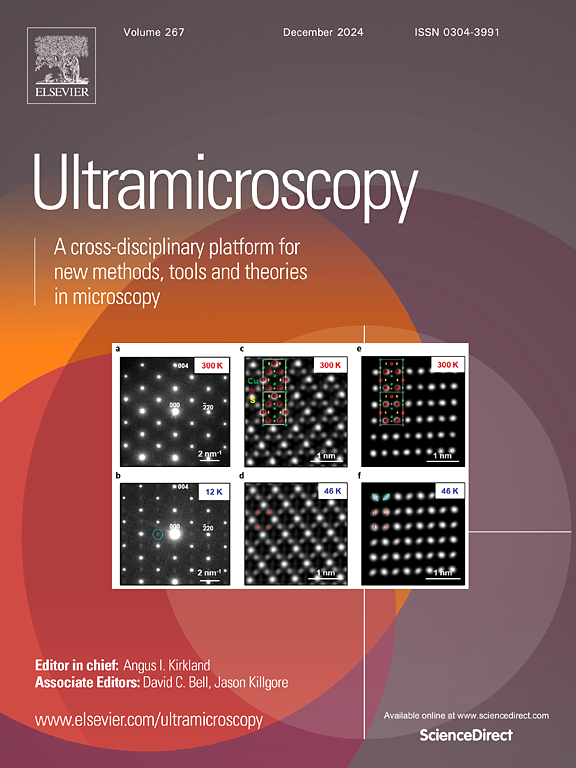使用遗传算法的原子力显微镜数据驱动控制
IF 2
3区 工程技术
Q2 MICROSCOPY
引用次数: 0
摘要
提高原子力显微镜(AFM)的扫描速度依赖于提高垂直运动方向的跟踪性能。在AFM纳米定位阶段中使用的压电致动器的轻阻尼共振阻碍了跟踪样品地形的最大可实现带宽。提出了一种高阶线性控制器作为解决方案。该控制器与AFM中传统的比例积分(PI)控制器串联,以消除谐振并将带宽限制推向更高的值。基于作动器的频率响应和系统期望的性能特性,形成了优化问题。控制器是通过用遗传算法解决这个问题而形成的。在几个AFM扫描仪上实现了所提出的控制器,表明其有效地改善了跟踪带宽,从而提高了可实现的扫描速度。本文章由计算机程序翻译,如有差异,请以英文原文为准。

Data-driven control in atomic force microscopy using a genetic algorithm
Increasing the scanning speed in Atomic Force Microscopy (AFM) relies on improving the tracking performance in the vertical direction of motion. The lightly damped resonances of piezo-actuators utilized in AFM nano-positioning stages hinder the maximum achievable bandwidth in tracking sample topographies. A high-order linear controller is proposed as solution. This controller is placed in series with the conventional proportional-integral (PI) controller in AFM to cancel the resonances and push the bandwidth limits to higher values. An optimization problem is formed based on the frequency response of the actuator and the desired performance characteristics for the system. The controller is shaped by solving this problem with a genetic algorithm. Implementing the proposed controller on several AFM scanners shows its effectiveness in improving the tracking bandwidth and hence, increasing the achievable scan speed.
求助全文
通过发布文献求助,成功后即可免费获取论文全文。
去求助
来源期刊

Ultramicroscopy
工程技术-显微镜技术
CiteScore
4.60
自引率
13.60%
发文量
117
审稿时长
5.3 months
期刊介绍:
Ultramicroscopy is an established journal that provides a forum for the publication of original research papers, invited reviews and rapid communications. The scope of Ultramicroscopy is to describe advances in instrumentation, methods and theory related to all modes of microscopical imaging, diffraction and spectroscopy in the life and physical sciences.
 求助内容:
求助内容: 应助结果提醒方式:
应助结果提醒方式:


